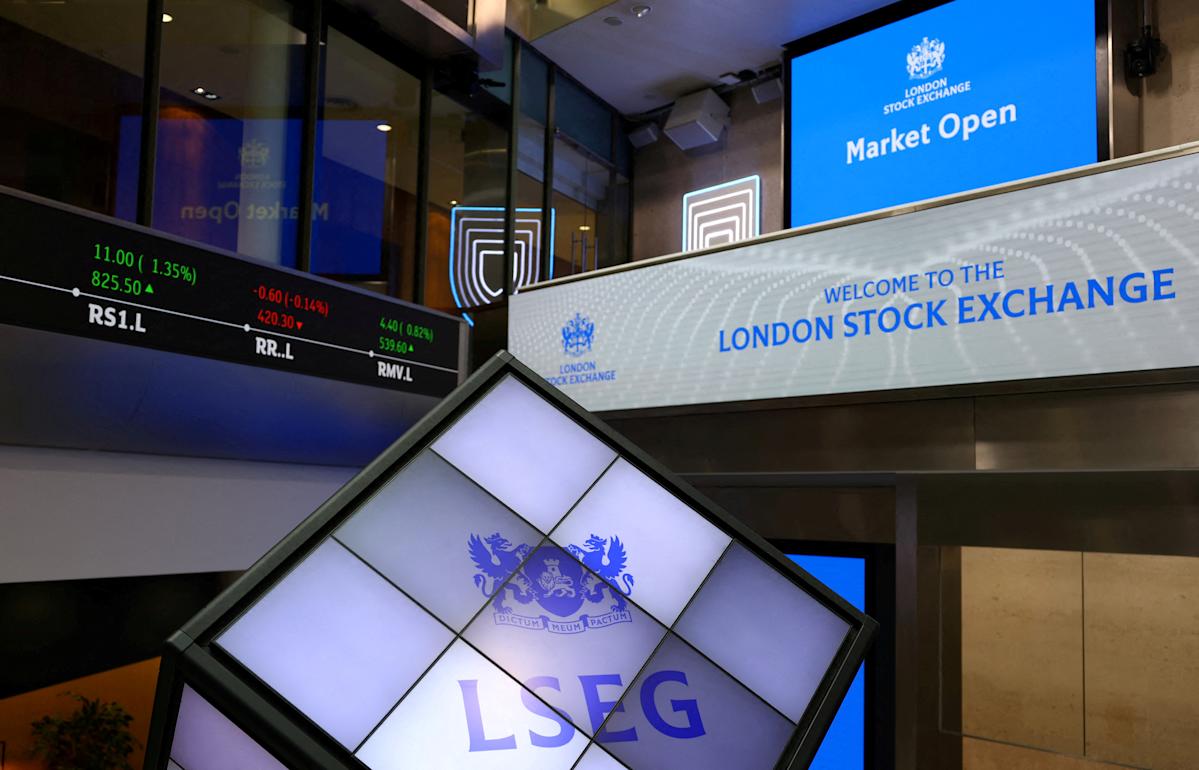The UK’s alternative investment market (AIM) has seen some major successes since its inception 30 years ago but has struggled to attract and retain companies in recent years.
Launched on 19 June 1995, AIM was set up to help smaller and high-growth companies get more access to capital. When it started out, the UK’s junior market comprised of just 10 companies, with a total market valuation of £82m.
Eleven of the companies that joined AIM in its first six months of existence are still on the UK stock market today and eight of those companies are still on the junior market today, according to AJ Bell (AJB.L). Since launch, AIM has helped more than 4,000 companies raise nearly £136bn.
Well-known companies that started out on AIM include travel company Jet2 (JET2.L), online retailer ASOS (ASC.L) and drink mixer producer Fevertree (FEVR.L).
While AIM has produced a number of successes, it has also had its fair share of failures. That includes “cash shell” Langbar International, which claimed to have £370m in bank deposits but collapsed in 2005 after discovering these funds were non-existent.
Another high-profile example was the collapse of cafe chain Patisserie Valerie in 2019 on the back of an accounting scandal.
Such disasters have led to AIM being described as the “Wild West”, though it is said to be the most active growth market in Europe, with 45% of the capital raised on European growth markets over the past five years raised on AIM, according to the London Stock Exchange (LSE).
Read more: Bank of England expected to hold interest rates as oil prices rise and UK growth falters
In addition, an analysis conducted by Grant Thornton found that, in 2023, AIM companies contributed £68bn in gross value added to the UK economy and supported more than 770,000 jobs.
Even so, AIM has had a challenging time in recent years and research has suggested that its troubles are set to continue. According to investment bank Peel Hunt (PEEL.L) and Aberdeen Investments, AIM is set to shrink by a fifth this year, as 61 companies representing £12.3bn of market capitalisation have announced plans to leave the junior market — either to move to the main market, to delist or because they’ve been subject to mergers and acquisitions (M&A). If all of these moves go ahead, AIM is set to shrink by 20%.
“AIM was once a thriving market, but it has been brutally knocked back by outflows in recent times,” said Abby Glennie, co-manager of the Abrdn UK Smaller Companies Fund and the Abrdn UK Smaller Companies Growth Trust plc (AUSC.L). “As a result, we’re seeing many of the biggest and best AIM companies moving to a main market listing.”
